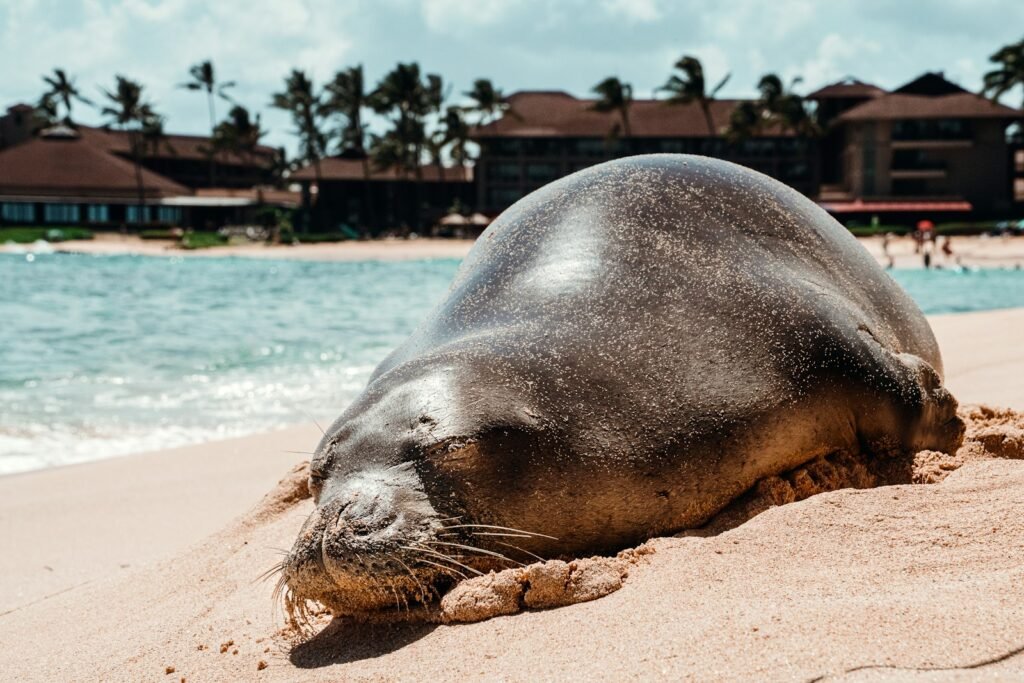Imagine a time when mushrooms will make your shoes, handbag, even phone cover rather than synthetic plastics or animal hides. Though it sounds like science fiction, researchers at McMaster University have opened a radical new frontier in sustainable materials using an improbable hero: the modest split gill mushroom (Schizophyllum commune). Having more than 23,000 genetic mating types, this fungus is a biological treasure mine able to generate biodegradable substitutes for leather and plastic that might transform sectors. But how exactly does it work? Could fungi also really replace petroleum-based plastics? The responses might just change our future.
The Fungal Goldmine: Why Split Gill Mushrooms Are a Material Scientist’s Dream
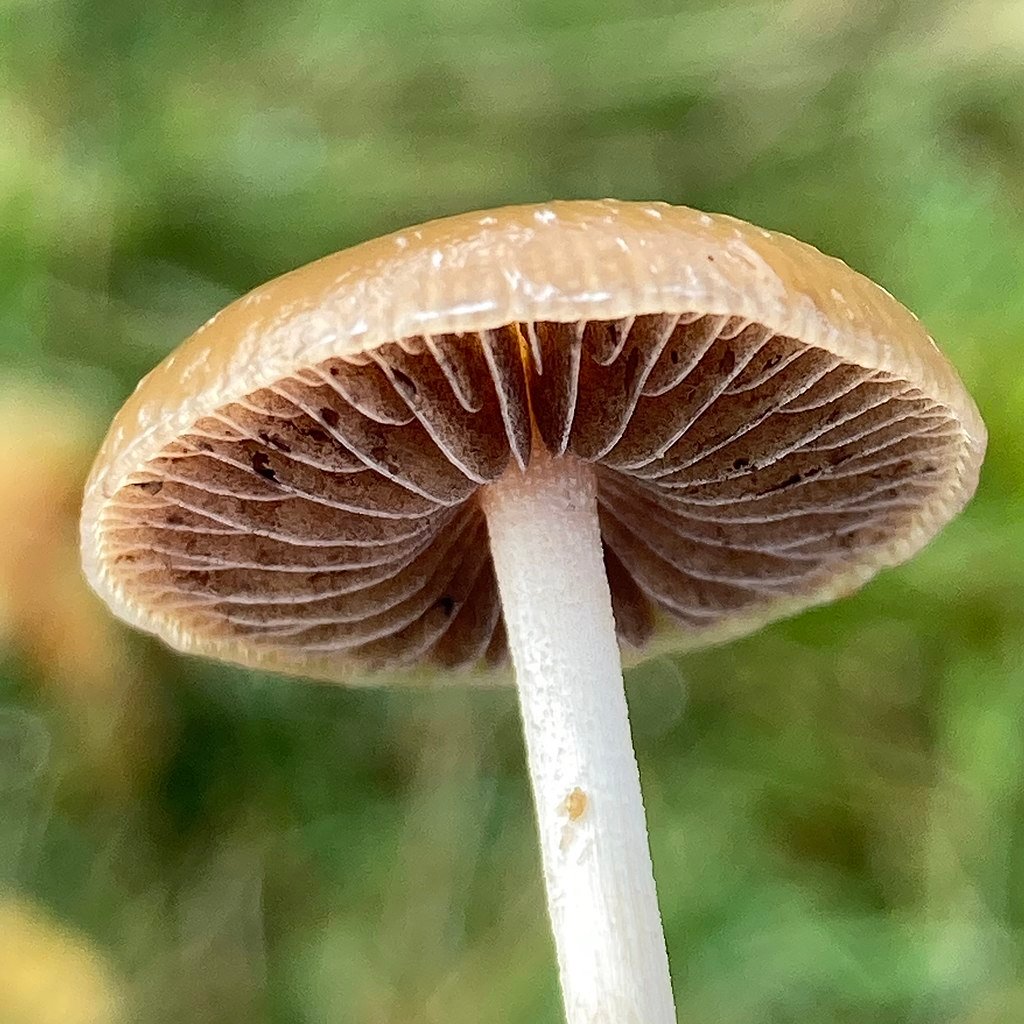
Though most people know mushrooms as pizza toppings or forest curiosities, beneath the surface is a secret superpower: mycelium, the dense, thread-like network used by fungus. Mycelium processed can be turned into materials that resemble plastic, leather, and even building foams except these versions naturally.
How unique is the split gill mushroom? its unheard-of genetic variety. After breeding sixteen different strains some tougher, more flexible researchers found that nuclear and mitochondrial DNA shapes the characteristics of the resultant material. By choosing the appropriate genetic combinations without synthetic engineering needed, scientists can essentially “program” fungus to create customized materials.
From Fluffy Mats to Wearable Leather: The Science Behind Fungal Fabrication
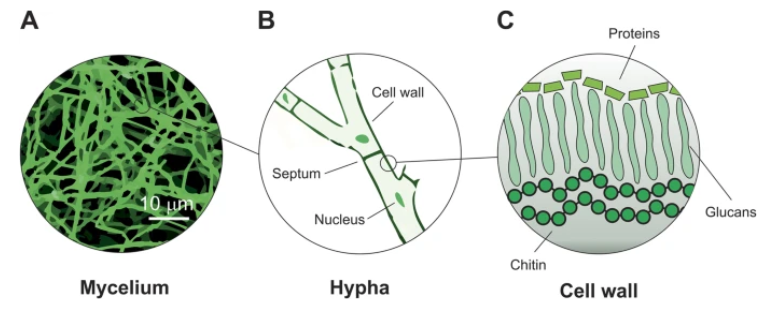
The process begins in a lab with liquid fermentation tanks growing mycelium. Twelve days later the fungus creates an interwoven fiber mat. The twist is, though, the chemical “finishing” treatment determines the final characteristics of the material.
- Using polyethylene glycol (PEG), mycelium becomes stiff, strong films perfect for rigid packaging. PEG treated one strain showed 41% ductility, which exceeded many conventional plastics.
- Glycerol, meantime, makes soft, stretchy sheets fit for fashion that mimic vegan leather. These movies are also great for rainproof coats since they clearly reject water.
Under electron microscopy, the reason was revealed: Glycerol leaves a smooth, gelatinous texture; PEG-treated mycelium has a rough, fibrous surface. The choice is genetic as much as chemical. Certain strains resist tearing; others naturally absorb water better. What is the secret? There is no one “best” mushroom; every mix has a different function.
Fungi vs. Plastic: The Environmental Game-Changer
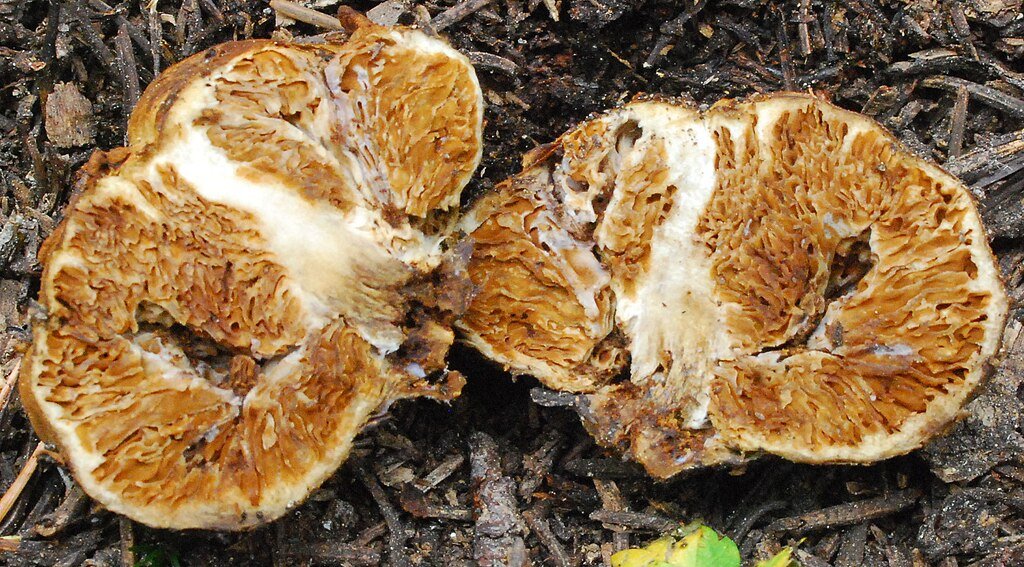
Traditional plastics break down over centuries; mycelium materials break down in weeks. Still, the advantages run more deeply.
- Growing mycelium calls for far less energy than turning crude oil into plastic.
- Zero Waste: By feeding the fungus agricultural byproducts like sawdust, waste becomes valuable material.
- Unlike plastic manufacture, which releases CO₂, mycelium absorbs carbon as it grows.
While startups play with fungal leather for brands like Adidas and Stella McCartney, companies like Ecovative are already commercializing mycelium-based packaging. The issue is not whether fungi could replace plastic; rather, it is how quickly.
The Leather Revolution: Why Mushrooms Are the New Cows
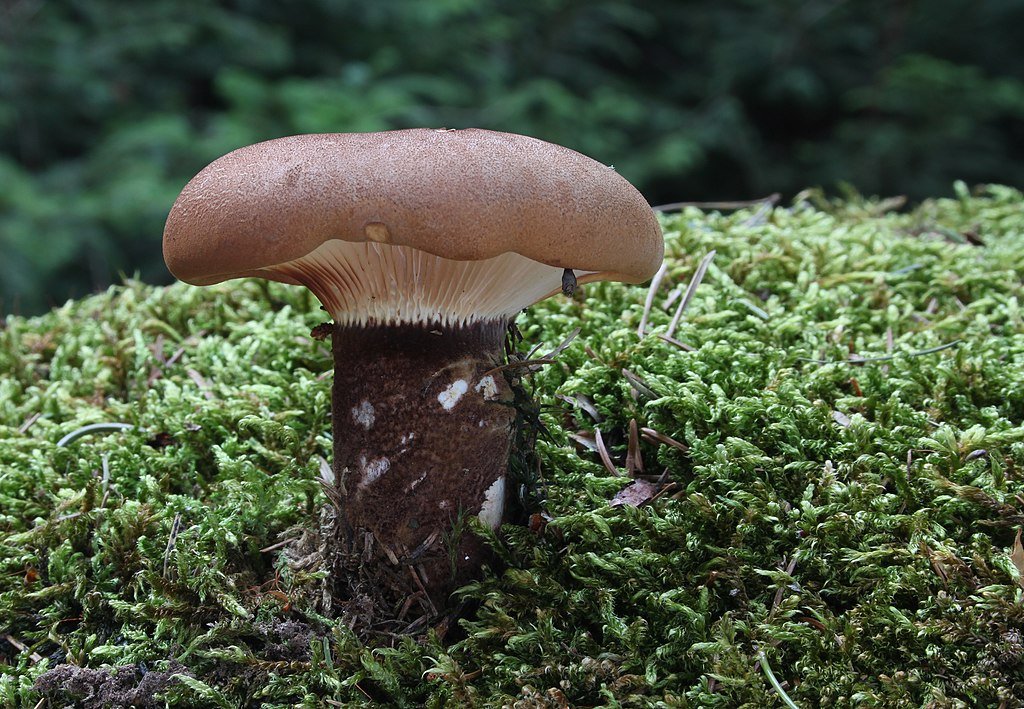
The dark secret of animal leather is that tanning depends on poisonous chemicals like chromium, contaminating rivers. Synthetic leathers, such PU, are simply plastic under disguise. Now let me introduce mushroom leather:
- Ethically: None of any animals suffered.
- Modify genes for water resistance, thickness, or suppleness.
- Compostable: Mycelium leather thrown away won’t clog landfills.
Mycelium films tested matched the tensile strength of leather and were lighter and more breathable. Suggesting uses in car seats or athletic gear, the γ-family strains even absorbed impact like high-end foams.
The Hurdles: Why Your Next Jacket Isn’t Made of Mushrooms Yet
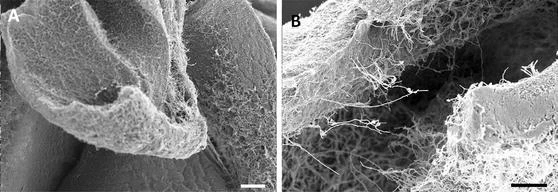
Not with standing the buzz, problems still exist:
- Labs can grow tiny mycelium sheets; mass-produced rolls of “mushroom leather” need industrial fermentation vats.
- Cost: Although low in theory, current techniques cannot yet rival $0.05 plastic bags.
- Public Opinion: Will people welcome wearing fungus? (Spoiler: Quorn is already something they eat.)
These problems are being addressed by researchers optimizing growth conditions and combining strains for enhanced performance. The aim is Drop-in substitutes for leather and plastic without compromising utility.
The Future: A World Built by Fungi?
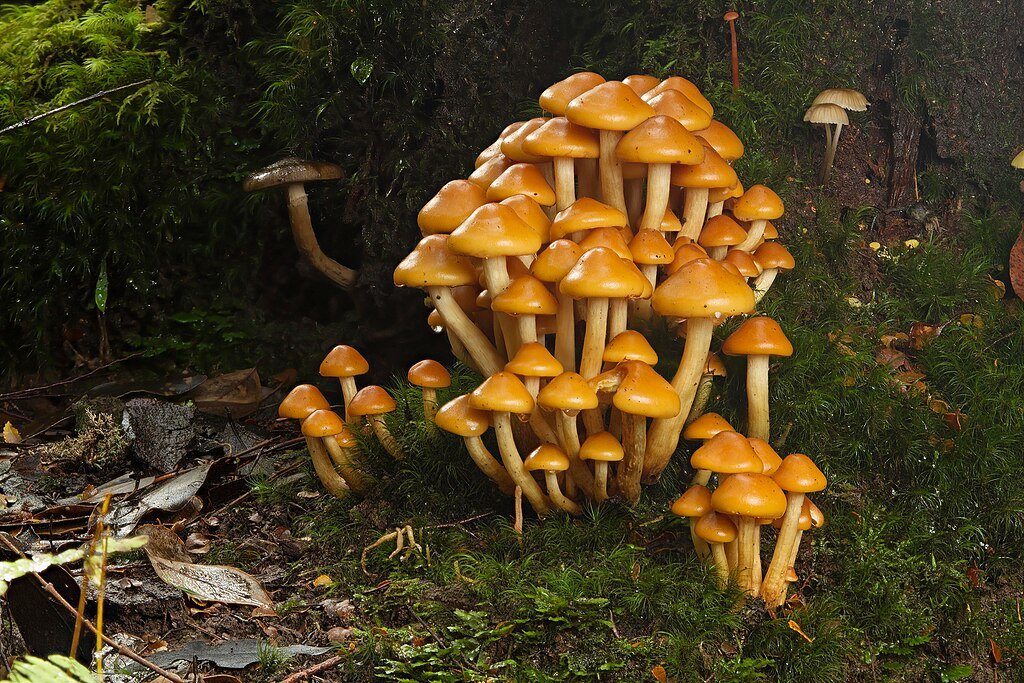
Mycelium has amazing potential outside of fashion and packaging:
- Fungal bricks with self-healing properties in construction
- Medicine: Harmless dissolution of wound dressings
- Waste Cleaning: See Pestalotiopsis microspora for some mushrooms that even consume plastic waste.
As Prof. Jianping Xu of McMaster notes, “nature already provides the recipes.” Still to come is the split gill mushroom. With 1.5 million fungal species still to discover, the next material revolution might grow out from the ground of the forest.
Final Thought
It seemed unrealistic to consider substituting mushrooms for plastic once. But as science explores the oldest recyclers in nature, we are finding that the answers to our most severe environmental problems could have been right underfoot all along. The issue is not whether mushrooms might replace leather and plastic. Whether we are ready to let them in.
Sources:

Suhail Ahmed is a passionate digital professional and nature enthusiast with over 8 years of experience in content strategy, SEO, web development, and digital operations. Alongside his freelance journey, Suhail actively contributes to nature and wildlife platforms like Discover Wildlife, where he channels his curiosity for the planet into engaging, educational storytelling.
With a strong background in managing digital ecosystems — from ecommerce stores and WordPress websites to social media and automation — Suhail merges technical precision with creative insight. His content reflects a rare balance: SEO-friendly yet deeply human, data-informed yet emotionally resonant.
Driven by a love for discovery and storytelling, Suhail believes in using digital platforms to amplify causes that matter — especially those protecting Earth’s biodiversity and inspiring sustainable living. Whether he’s managing online projects or crafting wildlife content, his goal remains the same: to inform, inspire, and leave a positive digital footprint.




